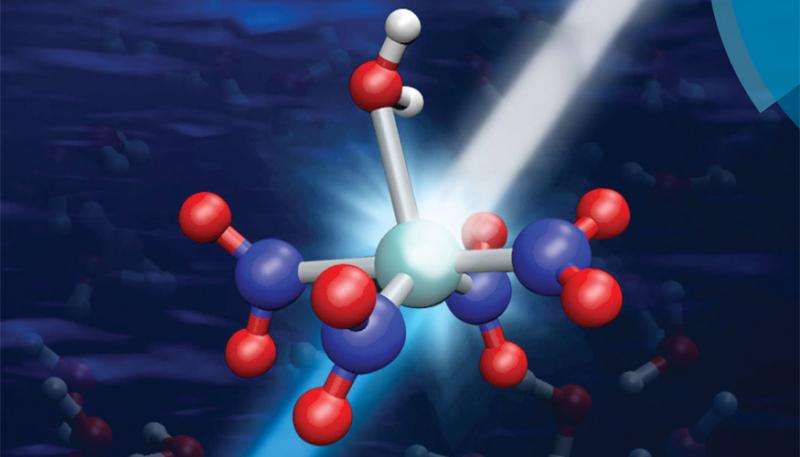New experimental and theoretical research could help make more efficient windows

By tightly integrating experimental and theoretical techniques, a Lawrence Livermore National Laboratory team has provided fundamentally new insights into the specific factors that determine the absorption characteristics of copper complexes.
The results demonstrate that conventional interpretations based on "ligand field theory"—a staple concept in inorganic chemistry—are insufficient for capturing the full characteristics of the absorption profile. Instead, the team matched up computational simulation results with experimental spectroscopic data to identify how specific spectral characteristics are triggered by the dynamics of the surrounding chemical environment.
"The results are a first step toward being able to create optically tunable materials for filters and for energy-efficient 'smart window' technologies. They also could help us to better understand the role of metal-ligand complexes in photobiology," said Roger Qiu, the lead LLNL author of a paper appearing on a recent cover of the journal, Physical Chemistry Chemical Physics (link is external).
This new research also demonstrates the power of combining experimental and quantum chemistry simulation capabilities residing within the laboratory to tackle challenging and high impact scientific questions.
"We wanted to include a much more accurate and fundamental analysis than what's been done in the past," said Brandon Wood, who led the LLNL theory effort on the paper. "To do that, we had to draw upon both theory and experiments, which allowed us to find and explain some interesting correlations that we hadn't initially expected."
More information: "Origins of optical absorption characteristics of Cu2+ complexes in aqueous solutions." Phys. Chem. Chem. Phys., 2015,17, 18913-18923 DOI: 10.1039/C5CP01688F
Journal information: Physical Chemistry Chemical Physics
Provided by Lawrence Livermore National Laboratory




















